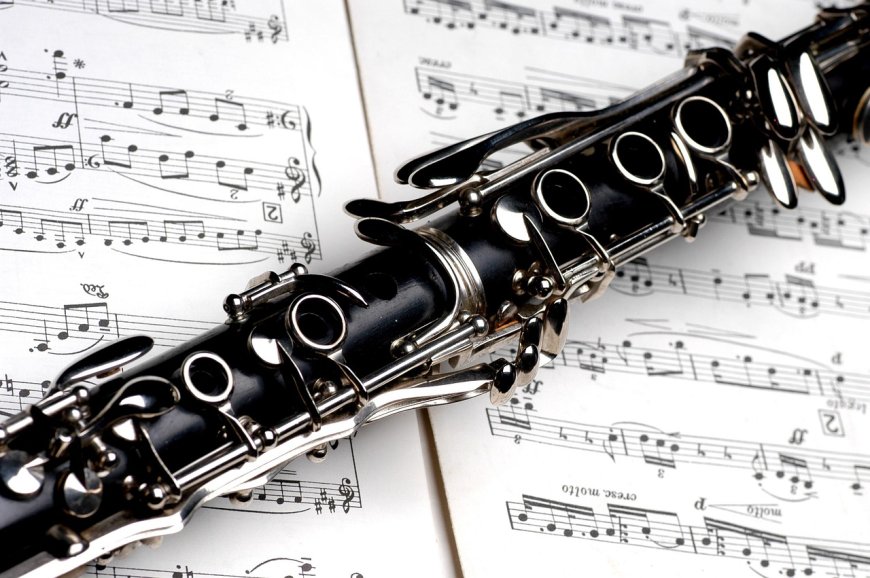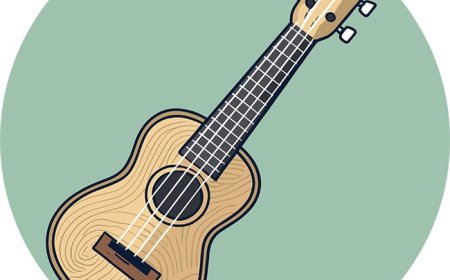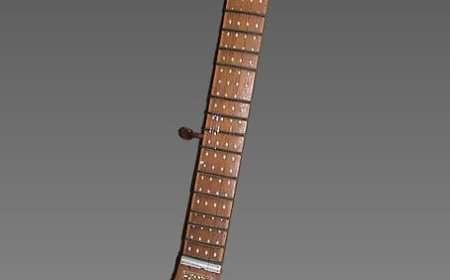Clarinet Facts for Students | Learn How the Clarinet Works & Its History
Explore the clarinet—its parts, how it works, history, and famous players. A complete student-friendly guide to learning this beautiful woodwind instrument.

🎵 All About the Clarinet
🥇 Introduction
The clarinet is one of the most versatile and popular instruments in the woodwind family. Known for its wide range, smooth tone, and ability to play many different styles of music, the clarinet can be found in school bands, orchestras, jazz groups, and even klezmer and pop music. It’s a single-reed instrument, which means it uses a thin piece of wood called a reed to create sound. Whether it’s playing a beautiful solo in a symphony or improvising in a jazz combo, the clarinet is a favorite for its flexibility and voice-like sound.
🎼 What Is a Clarinet?
A clarinet is a woodwind instrument made mostly of wood or plastic and played by blowing air through a single reed attached to a mouthpiece. It has a long, straight body with several tone holes and keys that the player opens and closes to change the pitch. Clarinets are known for their wide range—over three octaves—and for being able to play both soft and sweet notes as well as bright and powerful ones.
The most common clarinet is the B♭ soprano clarinet, which is used in most school bands and orchestras. There are also many other types, such as the bass clarinet, E♭ clarinet, and contrabass clarinet, each with its own pitch and size.
🧩 Parts of the Clarinet
The clarinet is made up of five main parts, each of which plays an important role in producing its sound:
-
Mouthpiece – This is where the player blows air. A reed is attached to it with a ligature, and the vibration of the reed creates the sound.
-
Barrel – This small tube connects the mouthpiece to the body and helps tune the instrument.
-
Upper joint – This is the top half of the body. It has several keys and holes for the player’s left hand.
-
Lower joint – The bottom half of the body, where the right-hand fingers go. It has more keys and tone holes.
-
Bell – The flared end of the clarinet that helps project the sound and makes the lower notes more resonant.
All the keys must be pressed correctly to play in tune, and keeping the reed moist is key to producing a clear tone.
⚙️ How Does the Clarinet Work?
The clarinet works by using air and vibration. When the player blows into the mouthpiece, the air causes the reed to vibrate. This vibration travels through the clarinet’s tube and becomes musical sound.
Opening and closing the keys and holes along the instrument changes the length of the air column, which changes the pitch. The longer the air column (more keys closed), the lower the pitch. The shorter the air column (fewer keys closed), the higher the pitch.
The clarinet also has a special register key (thumb key) that lets it jump to higher notes by changing how the air vibrates. This helps the clarinet play such a wide range of notes.
📜 History of the Clarinet
The clarinet was developed in the early 1700s by Johann Christoph Denner, a German instrument maker. He improved on an earlier instrument called the chalumeau by adding a register key and making it more flexible. The clarinet soon became popular in orchestras and chamber music.
By the Classical and Romantic periods, composers like Mozart, Beethoven, and Brahms were writing beautiful clarinet solos in their music. The clarinet grew more advanced, with more keys added over time to improve its range and tuning.
In the 20th century, the clarinet became essential in jazz, thanks to musicians like Benny Goodman, and was also featured in folk and marching band music. Today, it remains a favorite for its expressive sound and versatility.
🎷 Famous Clarinet Players
Here are some of the most famous clarinet players who have made this instrument shine:
-
Benny Goodman – Known as the “King of Swing,” he made the clarinet famous in jazz
-
Sabine Meyer – A world-renowned classical soloist and former member of the Berlin Philharmonic
-
Martin Fröst – A Swedish virtuoso known for pushing the limits of the clarinet
-
Richard Stoltzman – A crossover classical and jazz clarinetist from the U.S.
-
Sharon Kam – An Israeli soloist celebrated for her powerful performances and tone
These musicians show that the clarinet can be elegant, exciting, and emotional in many different styles of music.
🎶 Learning to Play the Clarinet
The clarinet is a great instrument for students to learn, especially those in elementary or middle school music programs. Beginners usually start on a plastic B♭ clarinet, which is easier to care for and lighter than wooden ones.
The first steps include learning how to assemble the instrument, moisten the reed, and produce a clear tone. New players learn fingerings for simple notes, then progress to scales, long tones, and beginner songs.
As students advance, they can play in school bands, youth orchestras, jazz groups, and even small woodwind ensembles. Playing clarinet helps students develop breath control, finger coordination, and musical ear training.
😄 Fun Facts About Clarinets
Here are some fun and fascinating facts about the clarinet:
-
The clarinet has a range of over three octaves—more than most instruments!
-
Clarinets can be made of wood, plastic, or even metal in rare cases.
-
The reed is made from a special type of bamboo called Arundo donax.
-
There are more than 10 types of clarinets, from the tiny E♭ to the giant contrabass clarinet.
-
The clarinet plays both in classical music and in jazz, klezmer, and film scores.
-
A group of clarinets playing together is called a clarinet choir.
👧 Kid-Friendly Summary
The clarinet is a long, black woodwind instrument that makes sound when you blow into a reed. It has lots of buttons called keys that help you play high and low notes. The clarinet is used in bands, orchestras, and jazz groups, and it can play both soft and loud music. If you like smooth sounds and want an instrument that can do almost anything, the clarinet might be perfect for you!
📚 Vocabulary Words
Clarinet – A woodwind instrument that uses a single reed and keys to change notes
Reed – A thin piece of wood that vibrates to make sound
Mouthpiece – The part where you blow into the instrument
Ligature – The device that holds the reed onto the mouthpiece
Barrel – The part that connects the mouthpiece to the body of the clarinet
Register key – A thumb key that allows the clarinet to play higher notes
Tone hole – An opening in the instrument covered by fingers or keys
Embouchure – The shape and position of the lips used to play a wind instrument
❓ Interactive Quiz
1. What makes sound on the clarinet?
A. Your voice
B. A reed that vibrates
C. A string
D. A drumstick
2. Which key is the most common clarinet pitched in?
A. C
B. D
C. B♭
D. F
3. What does the register key do?
A. Lowers the pitch
B. Makes it louder
C. Helps play higher notes
D. Changes the reed
4. Who was known as the “King of Swing” and played the clarinet?
A. Louis Armstrong
B. Benny Goodman
C. Mozart
D. Elvis Presley
5. What kind of bore does the clarinet have?
A. Conical
B. Cylindrical
C. Square
D. Curved




















































